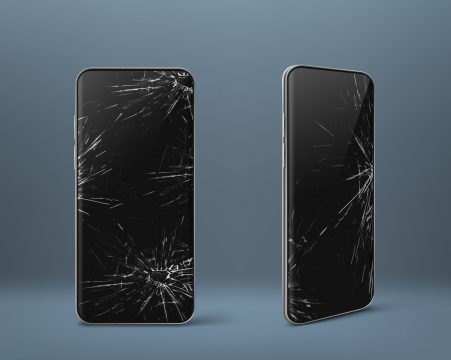The Ultimate Guide to Buying a Screen Protector: Protect Your Device like a Pro! Leave a comment
In today’s tech-savvy world, our smartphones, tablets, and laptops have become an integral part of our lives. These devices not only keep us connected but also store valuable information and memories. Considering their significance, it is crucial to protect them from the every day hazards they encounter. One of the best ways to do so is by investing in a reliable screen protector. In this comprehensive guide, we’ll walk you through the process of buying a screen protector, ensuring you make an informed decision.
- Understanding the Importance of a Screen Protector A screen protector acts as a shield, guarding your device’s display from scratches, cracks, and smudges. It acts as a sacrificial layer, absorbing impact and keeping your device’s screen intact. Additionally, it minimizes the risk of fingerprints, oils, and dust particles settling on the screen, providing you with a clean and clear viewing experience.
- Types of Screen Protectors a) Tempered Glass: Known for its durability, tempered glass protectors offer excellent scratch resistance and maintain the touch sensitivity of your device’s screen. They are thicker compared to other options and are capable of absorbing impact, preventing damage to the underlying screen.
b) PET Film: Polyethylene terephthalate (PET) film protectors are affordable and easy to install. Although they may not offer the same level of durability as tempered glass, they are effective in protecting against minor scratches and smudges.
c) Liquid Screen Protectors: Applied as a liquid, this type of screen protector creates an invisible layer on the screen’s surface. They are usually easy to apply and compatible with various device models. However, they may not offer the same level of impact resistance as tempered glass.
- Factors to Consider When Buying a Screen Protector a) Compatibility: Ensure that the screen protector is designed specifically for your device model to guarantee a perfect fit and accessibility to all buttons, sensors, and front-facing cameras.
b) Thickness: Thicker screen protectors like tempered glass offer better protection against impacts but may affect touch sensitivity. Thinner options provide a smoother touch experience but may compromise durability.
c) Coating: Look for screen protectors with oleophobic coating, which repels fingerprints and smudges, making it easier to keep your device clean.
d) Installation: Consider whether the screen protector is easy to install. Some options come with installation kits, including cleaning wipes and alignment tools, ensuring a bubble-free application.
e) Price and Warranty: Compare prices and check if the screen protector comes with a warranty or satisfaction guarantee, providing you with peace of mind.
- Application and Maintenance Tips Follow the provided instructions carefully when applying the screen protector to ensure a seamless installation. Clean the device’s screen thoroughly before application to prevent any dust or debris from becoming trapped. Additionally, regularly clean the screen protector with a microfiber cloth to maintain its clarity and effectiveness.
By investing in a high-quality screen protector, you can protect your device from the daily wear and tear it encounters. Whether you opt for a tempered glass protector for robust defense or a PET film protector for everyday use, make an informed decision based on your device’s needs and your personal preferences. Remember, prevention is always better than repair when it comes to safeguarding your valuable electronic devices.
In conclusion, don’t underestimate the importance of a screen protector. By choosing the right one, you can safeguard your device’s screen from scratches, cracks, and smudges while maintaining

